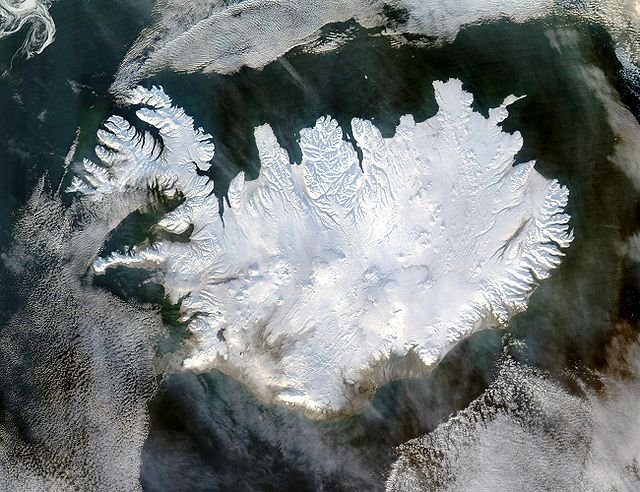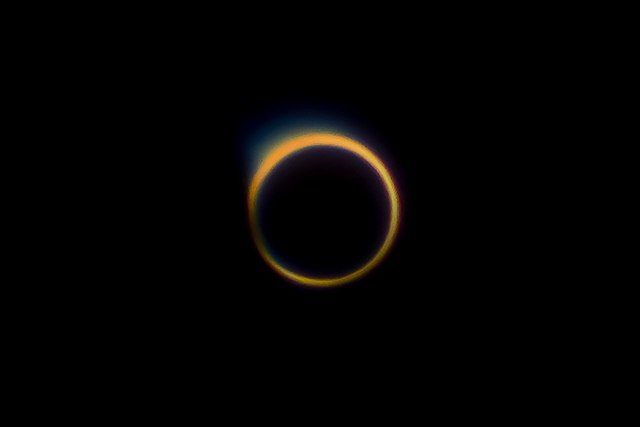Miniseries: The Oldest Rocks in Antarctica
Miniseries Episode 1
The frozen continent holds many secrets, including some of the most ancient stones in the world, the Napier Complex 3.8 billion years old. Today we'll learn what things lurk in the ice, and a harrowing story of polar survival from an Australian geologist, Sir Douglas Mawson.
Miniseries: The Oldest Rocks in North America
Miniseries Episode 7:
The oldest rocks on Earth are hidden deep in the Canadian North, 4 billion years old. For our final stop of our tour, we sneak a peek at these and other rocks we'll meet soon in the main series, including reefs made from bacteria and mysterious stones hidden beneath Greenland's glaciers.
24: A New Dawn
Welcome to Season 2 of Bedrock!
This episode introduces Season 2's subject: the Eoarchean (ee-oh-ar-key-an) chapter of Earth's history. The Eoarchean lasted from 4 to 3.6 billion years ago, from February 15 to March 19 on the Earth Calendar. In future episodes, we'll meet Earth's oldest rocks, the Man in the Moon, and a faint young sun.
Since this is our first big chapter break, we'll also learn how and why geologists split time into these chapters, including one of Canada's greatest scientists: Sir William E Logan.
25: The Oldest Rock on Earth
How old is the oldest rock, where was it found, and what type of rock is it?
To answer that question, we'll journey into Canada's Northwest Territories, deep underground to the breaking point of rocks, and we'll run into a shrimpy friend from Episode 10.
26: The Magma Forge
What did the oldest rock look like 4 billion years ago, before it was pressure-cooked?
Today, we'll answer that question by melting chocolate chip ice cream, meeting one of granite's less famous cousins, and returning to our old friends: zircon crystals.
Extra credit: Eat some ice cream, go on a skiing trip, or both!
27: Rare Earth
Is there any place today that resembles the Earth 4 billion years ago?
Surprisingly, the answer is yes... ish. Today, we'll learn a secret recipe for continents, one that made the very oldest rocks on Earth and is still making the island of Iceland today.
Along the way, we'll freeze a magma chamber solid, meet some politically contentious metals, and cross a real bridge from one tectonic plate to another.
28: The Dark Side of the Sun
How has the Sun changed over the past 4 billion years?
While the Sun may seem unalterable, it has brightened dramatically over Earth's history, with major implications for our world. Today, we'll meet a team of women who catalogued thousands of stars in the 1800s, play in a galactic ball pit, and puzzle over a cosmic paradox alongside Carl Sagan.
Extra Credit: Watch Cosmos (1980)
29: The Goldilocks Planet
If the sun was dimmer 4 billion years ago, how did the Earth stay warm?
Today, we learn how just a small percent of Earth's atmosphere goes a long way in controlling global climate, both today and in the ancient past. Along the way, we'll visit an imaginary frozen Earth without any sun, a hazy giant moon of Saturn, and learn exactly what the greenhouse effect is.
Extra credit: Visit a greenhouse, or find a cleaning product with ammonia.
30: Alternative Canadian Rock
What's the next step after the oldest rock on Earth?
Today, we'll move the story forward 200 million years and 1,000 miles.
The time: 3.8 billion years ago... or maybe much older (March 3 on the Earth Calendar).
The place: Nuvvuagittuq (noo-voo-ah-git-took), Quebec, Canada, in the lands of the Inuit.
In this episode, we'll learn how this seaside outcrop was found and the ongoing debate about its' exact age. Depending on who you talk to, these are either the second-oldest rocks on Earth, or almost as old as the Earth itself.
31: Trench Warfare
What are Earth's oldest volcanic rocks, and how did they form?
Today, we'll explore the seafloor 3.8 billion years ago through dark basalt rocks in Nuvvuagittuq, northern Quebec. Along the way, we'll earn a green belt in geology, rest our heads on volcanic pillows and journey to the deepest spot in the modern ocean.
Extra Credit: Try to find dark black basalt in a building or countertop near you.
32: Pumping Iron
Where does humanity get most of its' iron, and what do these rocks tell us about the ancient Earth?
Today, we'll learn about banded iron formations, the backbone of the modern steel industry an important stop in the search for early life and oxygen, and a rock that is impossible to make today. It's rare to find a rock as important to both economics and research. Along the way, we'll take a breath of fresh air, meet orange pond scum in a forest stream, and find a dagger carved from a meteorite.
Extra Credit: Find as many steel objects as possible around you, or search for bog iron in a local swamp.
33: A Thin Line
What are the oldest disputed fossils on Earth? Why are they disputed?
Today, we wrap up our tour of Nuvvuagittuq in northern Quebec, 3.8 billion years old, March 3rd on the Earth Calendar. In 2017, microscopic rusty threads were discovered inside these rocks, thinner than a human hair. Were they bacteria, or something else entirely? Stay tuned to find out!
Extra Credit: Learn how to make a chemical garden, or find a piece of chert, flint, jasper, agate, or onyx.
34: Bombardment
When did the Moon's craters form? Can they tell us any stories about the ancient Solar System?
Today, we'll learn some early explanations for lunar features, meet a "lunatic asylum" of planetary geologists, and learn how the larger planets might have bullied their smaller neighbors.
Extra Credit: Watch Apollo 13, or The Right Stuff.
35: The Man in the Moon
How did the Man in the Moon form? What does the Moon's Far Side look like?
Today, we'll learn about the most visible remnant of the ancient world- the pattern of dark lunar rocks that stares down on us each night. On the way, we'll hitch a ride with a flying fax machine, play a game with crystals in magma, and learn why bananas are slightly radioactive (and why that doesn't really matter).
Extra Credit: Try to send me a fax, or just eat a banana.
36: The Ghosts of Greenland
What is the oldest major slice of rock, one that's relatively well-preserved, one that's fueled a half-century of research?
The episode's name kinda gives it away, but stay tuned as we meet the last location of Season 2: a series of rocks near Greenland's capital. Along the way, we'll meet the different groups of people who have settled on this remote island, and a geologist from the other side of the world. I'll also take a brief detour into why I unfortunately can't talk about every single ancient rock out there.
Extra Credit: Find a choir to sing in, or play some ping-pong.
37: Metamorphosis
Why are some ancient rocks well-preserved, while others are extremely messed up?
Today, we'll take a side quest from our Greenland arc to learn more about metamorphosis, which changes rocks beneath our feet. On the way, we'll transform toast into cookies, take an elevator ride deep into the crust, and meet an ancient rock with a babyface.
Extra credit: make some toast, or go looking for butterflies.















